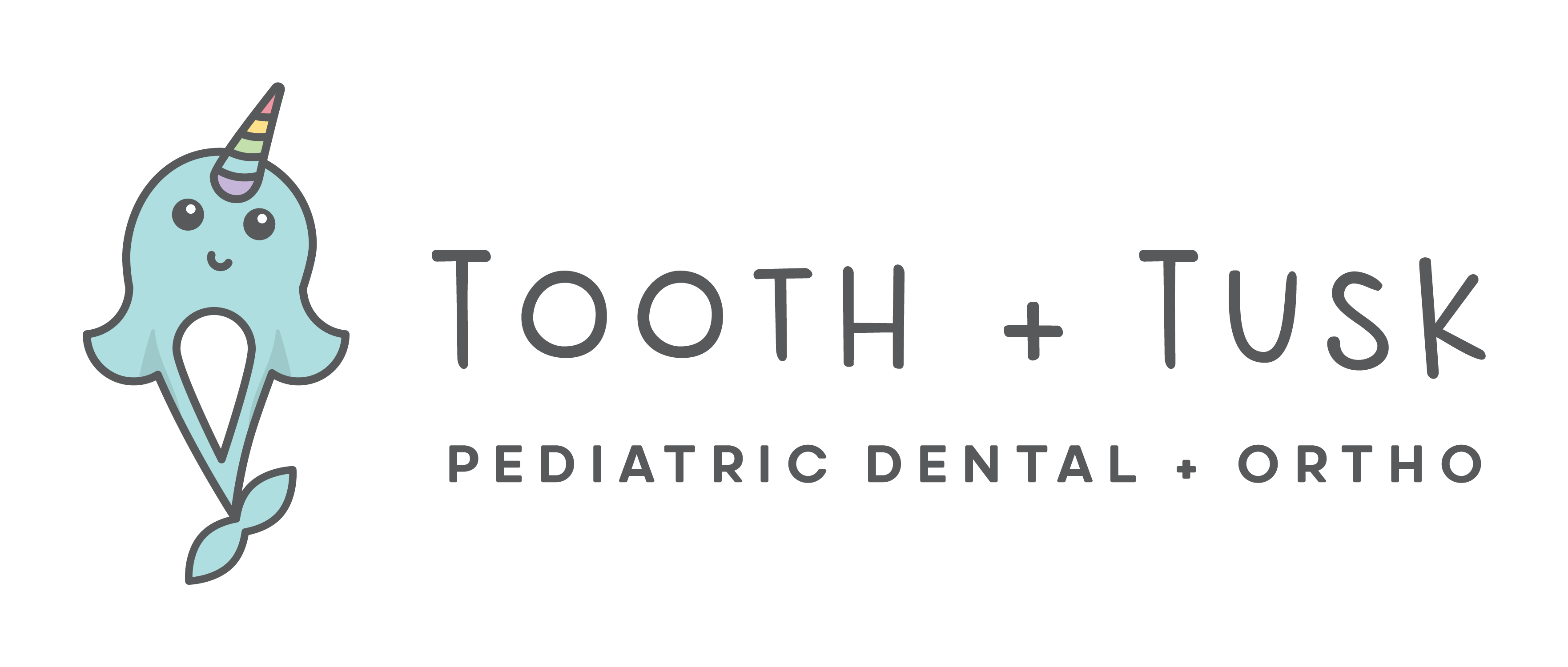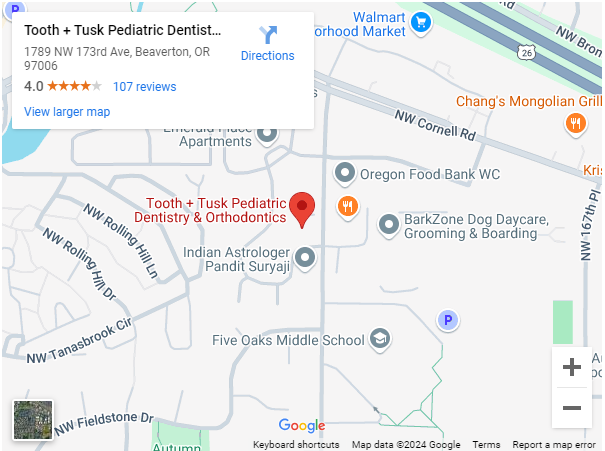
What is an Abscessed Tooth?
An abscessed tooth, also known as a dental abscess, is a collection of pus that has formed around the tooth due to a bacterial infection. There are different types of abscesses depending on their location.
Types
A periapical abscess develops at the root of your tooth often from an infected cavity or fractured tooth. A periodontal abscess results from gum disease affecting the bone and soft tissues surrounding the tooth and develops in the gum pockets. Gingival abscesses develop on the gums but do not affect the surrounding soft tissue or tooth.
Causes
An abscessed tooth is caused by a bacterial infection. If an opening develops in your tooth or the surrounding tissues, the bacteria can enter the body and lead to infection. Severe tooth decay, cavities, fractured teeth, gum disease, and trauma to the gums and teeth can all increase your risk of developing a bacterial infection that can lead to an abscessed tooth.
Signs You May Have an Abscessed Tooth
The most visible sign is a swollen area or growth along the gums or tooth accompanied by a throbbing or sharp-shooting sensation of pain. Other symptoms of an abscessed tooth may include:
- Bad breath
- Bitter taste in the mouth
- Difficulty chewing, talking or opening your mouth
- Pain that spreads from the tooth, gums, jaw, ear, and neck
- Swollen or redness in gums
- Tender, discolored, or loose teeth
- Tooth sensitivity
In severe cases or if the infection spreads, you may also experience headaches, swollen lymph nodes, achiness, and fever.
Treatment Options
Treatment for an abscessed tooth focuses on relieving symptoms, eliminating the infection, and treating the cause.
It is important to seek treatment as dental abscesses do not disappear on their own, even if the abscess ruptures and the pus is drained, the infection can remain. The bacteria will continue to spread and destroy surrounding tissue.
Your dentist may recommend using a diagnostic imaging test to confirm your diagnosis such as an X-ray or CT scan. These tests can identify the location of the infection and possible cause as well as show any other areas that may be affected.
Your treatment options will depend on the location and severity of the infection. Possible treatment options can include:
- Incision and drainage – Your dentist will make an incision on the abscess to drain the pus. This will allow for immediate relief of symptoms. Medication will be used to treat the infection.
- Root canal – If your tooth’s inner pulp becomes infected, a root canal may be performed to remove the infected pulp and your tooth restored using a crown.
- Tooth extraction – If your tooth is too damaged from the infection, your dentist may remove it and replace it with an implant, fixed bridge, or denture.
- Antibiotics –Antibiotics will be used to help your body fight off the infection once your abscess has been drained.
- Removal of foreign body – If your abscess was caused by a foreign body wedge in your gums or between your teeth, your dentist will remove the object and disinfect the area.
You can reduce your risk of developing an abscessed tooth by attending routine cleanings and check-ups by your dentist. If you notice any tooth pain or if you damage your tooth, see your dentist. For more information on dental abscesses or to schedule an appointment, contact Tooth + Tusk Pediatric Dentistry & Orthodontics today.

